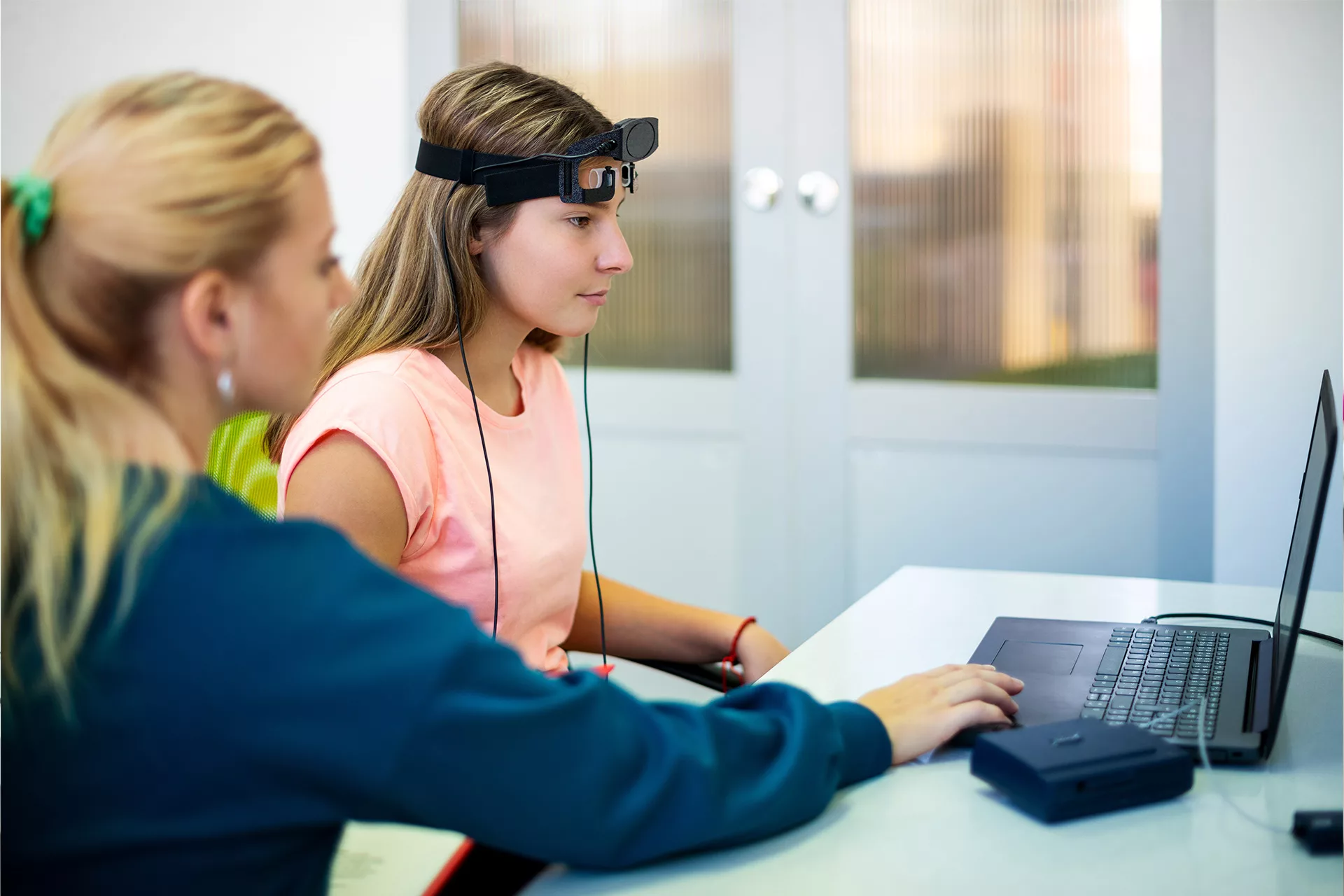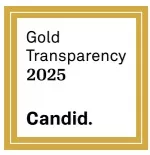Neurofeedback is one of the safe, alternative therapies the BART Foundation believes may help brain injury survivors. The BART Foundation aims to promote better outcomes for TBI/ABI survivors by answering three questions – which alternative therapies are likely to work, where can they be found, and how can they be afforded? One of the ways we fulfill our mission is by carefully watching global research and clinical trial outcomes and sharing that information, in user-friendly language, with the TBI/ABI community.
is one of the safe, alternative therapies the BART Foundation believes may help brain injury survivors. The BART Foundation aims to promote better outcomes for TBI/ABI survivors by answering three questions – which alternative therapies are likely to work, where can they be found, and how can they be afforded? One of the ways we fulfill our mission is by carefully watching global research and clinical trial outcomes and sharing that information, in user-friendly language, with the TBI/ABI community.
EEG-based neurofeedback (EEG-NFB) is a technique in which, through brain-computer interfaces, patients are trained to regulate the amplitude of a specific frequency band and are rewarded for doing so. This technique has been successfully used in TBI and stroke to rehabilitate learning and memory, attention, and even as part of motor rehabilitation.
In this September 2022 article from Frontiers in Human Neuroscience, researchers explored the capacity of Infra-Low Frequency Neurofeedback (ILF-NF) to promote the recovery of brain function in patients with frontal brain injury. Twenty patients hospitalized at a neurorehabilitation clinic in Switzerland with recently acquired, frontal brain lesions were randomized to either receive NF or sham-NF.
Researchers evaluated cognitive improvement using the Frontal Assessment Battery (FAB) and the Test of Attentional Performance (TAP) to evaluate changes in intrinsic alertness, phasic alertness, and impulse control.
Results showed that with respect to cognitive improvements, there was no significant difference between the two groups after 20 sessions of either NF or sham-NF. However, in a subgroup of patients with predominantly frontal brain lesions, the improvements measured by the FAB for intrinsic alertness, phasic alertness, and impulse control were significantly higher in the NF-group. Although the result of the subgroup has limited significance because of the small number of participants, the researchers concluded that NF could be a promising candidate for promoting recovery from frontal brain lesions. Further studies with larger numbers of patients would help to provide more evidence and best-practices for using NF in the TBI/ABI community.
